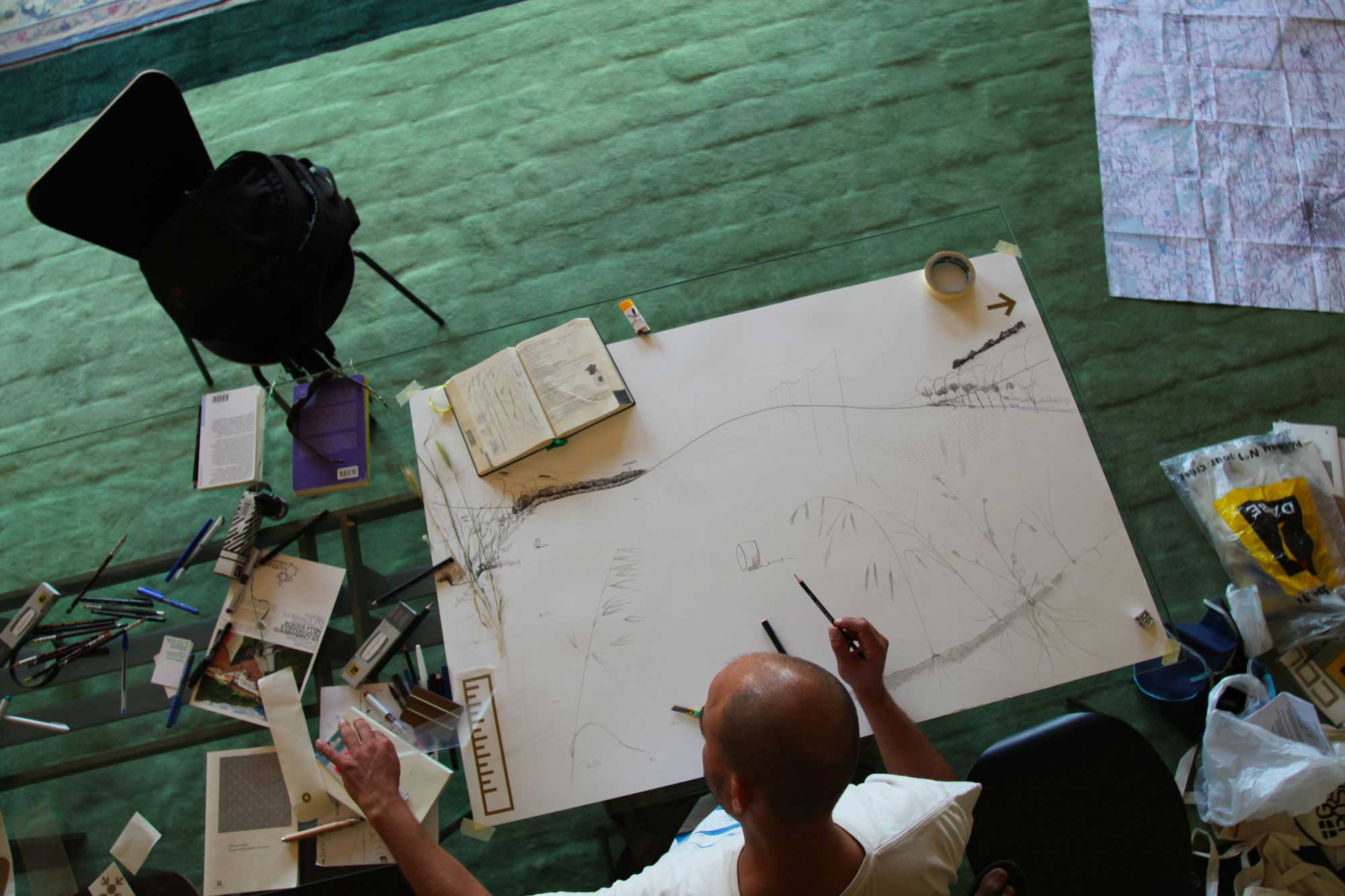In the vineyards where the Gavi Pisé comes from, the soil is loose, loamy sandy, with a typical light colour. It is well-drained and grass is left to grow from spring to the end of summer.
The Gavi Pisé vineyard
In the vineyards where the Gavi Pisé comes from, the plants have an ideal placing – South-South/West – which allows a complete and constant grapes ripening. The soil is loose, loamy sandy, with a typical light colour. It is well-drained and grass is left to grow from spring to the end of summer.
The biodynamic cultivation enabled the recovery of this vineyard original note. A green manure among the rows, dynamized horn manure to increase the soil deep fertility, stable humus coming from the farm, no pesticides, copper and cave sulphur sprayed in small doses in specific periods of the year. Pruning follows the moon descending phase. Soft machines till the land.
Gavi Pisé grapes are selected directly on the vine, handpicked and placed on conveyor belts immediately after the vintage, which usually takes place in mid-September.
Thanks to the grapes care and the particular soil the vines grow in, Gavi Pisé wine can age extremely well in the bottle – an extraordinary feature for a white wine. What captures most, though, are its tastes and perfumes, surprisingly able to evolve, even when the wine has been uncorked.
The 2018 edition of Gavi Pisé offers a further surprise: a one-year passage into oak barrels, which highlights all the varietal characteristics of the Cortese vine.

